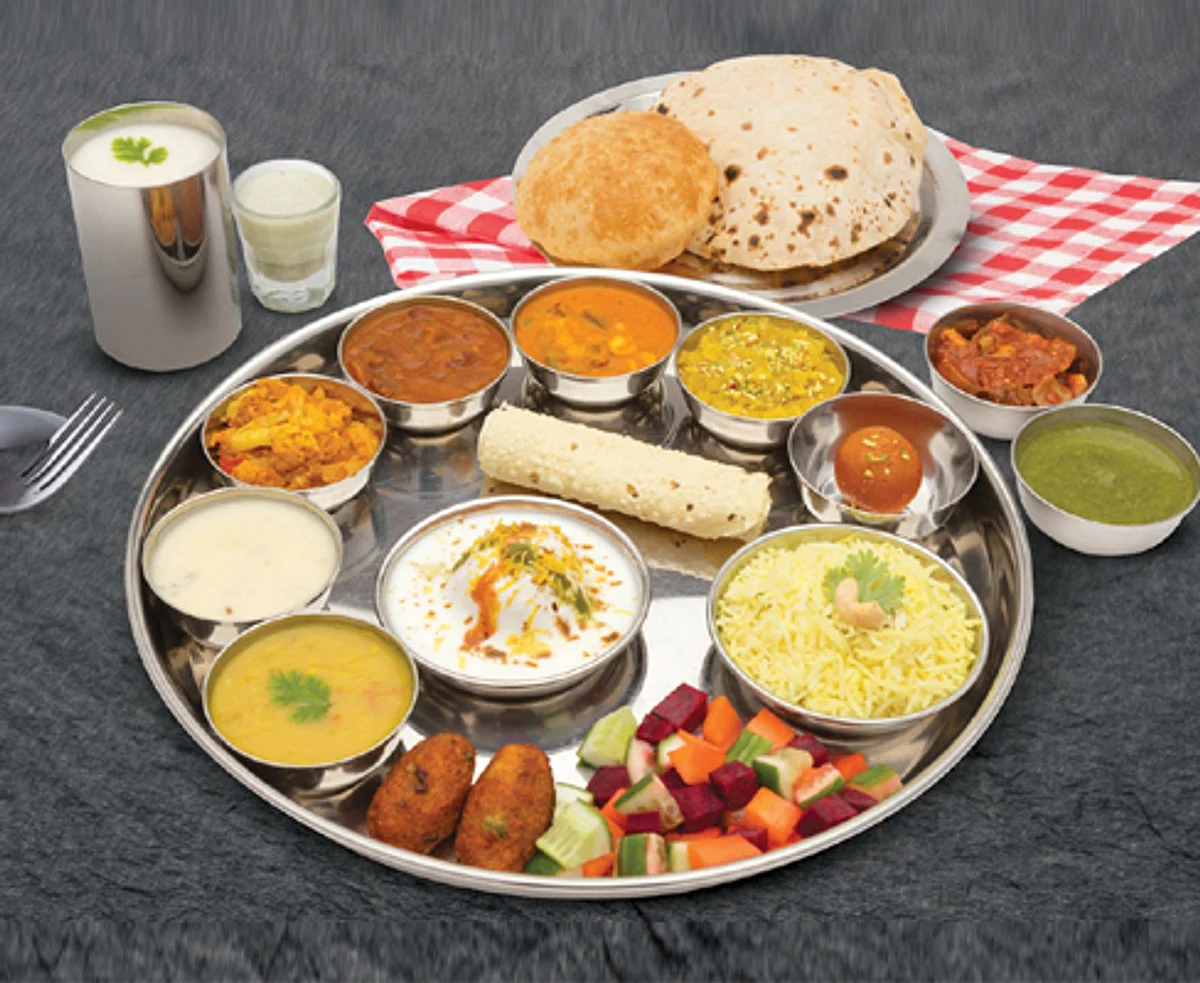
India's Kitchens: The True Testimony Of Syncretism
If you were to visit Fatehpur Sikri, a fort built by the great Mughal king Akbar, the first stop in the guided tour is“Jodha ki Rasoi,” the kitchen of Akbar's Hindu wife, Jodha Bai. Why a separate kitchen? Because she was a strict vegetarian. To respect her faith, Akbar, a Muslim emperor with Mongol and Timurid ancestry, created a grand kitchen where no meat was allowed. The Mughal court didn't just respect it, they relished the vegetarian delicacies she prepared.
This single detail shows what India has always been: a land of deep-rooted syncretism. And the clearest proof of it lies in our food. India's culinary heritage is not just recipes; it is inclusiveness made edible.
Recommended For YouI grew up on this inclusivity. My childhood was filled with 'tabarruk' (holy food) from Hazrat Nizamuddin Aulia's shrine, where the langar serves only vegetarian food. The same tradition thrives at Chishti shrines like Khwaja Gareeb Nawaz and Qutubuddin Bakhtiyar Kaki. I've also cherished 'panchmewa prasad' from Vaishno Devi, 'kada prashad' from Bangla Sahib, makhan mishri on Janamashtami, halwa-puri during Navratri, and plum cakes on Christmas.
Unfortunately, media often portrays communal discord as India's defining reality. That is far from the truth. Centuries of cultural exchange with Persians, Arabs, Portuguese, Central Asians, and the British shaped Indian cuisine. Our food is not just diverse, it is divine amalgamation, enriched by faiths and traditions.
The Portuguese brought vindaloo, derived from“vinha de alhos” (wine and garlic). The Arabs gifted us fragrant kebabs and hearty stews. The Parsis brought patra ni machi and farcha, their own take on fried chicken. The British left behind mulligatawny soup. In Goa today, restaurants line up offering pork, beef, and pure vegetarian meals side by side. If that isn't inclusivity, what is?
Globally too, food is powerful diplomacy. Unesco named Delhi a“creative city of gastronomy.” Such recognition changes perceptions. Consider Thailand: in the early 2000s, its government launched“culinary diplomacy” to promote Thai food abroad. The results were astonishing. Between 2001 and 2019, tourist arrivals jumped from 10 million to nearly 40 million, making it the eighth most visited country in the world. Its food exports surged, ranking it among the top 15 globally.
How does this link to India? Because in recent years, global headlines have often reduced India's food story to narrow debates around beef. This misses the bigger picture. Reverence for the cow has been part of Indian culture for centuries, and while isolated incidents of violence have sadly occurred, they are not the essence of India's food heritage. What truly defines India is the resilience of its inclusive kitchens, from langars and prasad to biryanis and vindaloos, where communities continue to eat together, celebrate together, and innovate together.
To understand India's secular fabric, one need only step into its kitchens. Culinary exchanges are not mere coexistence but active enrichment. Mughlai cuisine boasts of niharis, kormas, and biryanis, but Indian vegetarians innovated their own versions, kathal biryani, soya chaap, hare-bhare kebabs. These are not substitutes but creative alternatives, reflecting how food adapts to faith and belief without losing its richness.
India's syncretism has always been more than theory, it has been lived experience. Food is the thread that ties together temples, shrines, gurudwaras, and churches. Every prasad, every langar, every feast, every kitchen carries the same message: inclusiveness is not just India's past, it is its essence.
In every bite, India serves the world not division, but unity.
The writer is a Delhi based columnist and political analyst.

Legal Disclaimer:
MENAFN provides the
information “as is” without warranty of any kind. We do not accept
any responsibility or liability for the accuracy, content, images,
videos, licenses, completeness, legality, or reliability of the information
contained in this article. If you have any complaints or copyright
issues related to this article, kindly contact the provider above.


















Comments
No comment